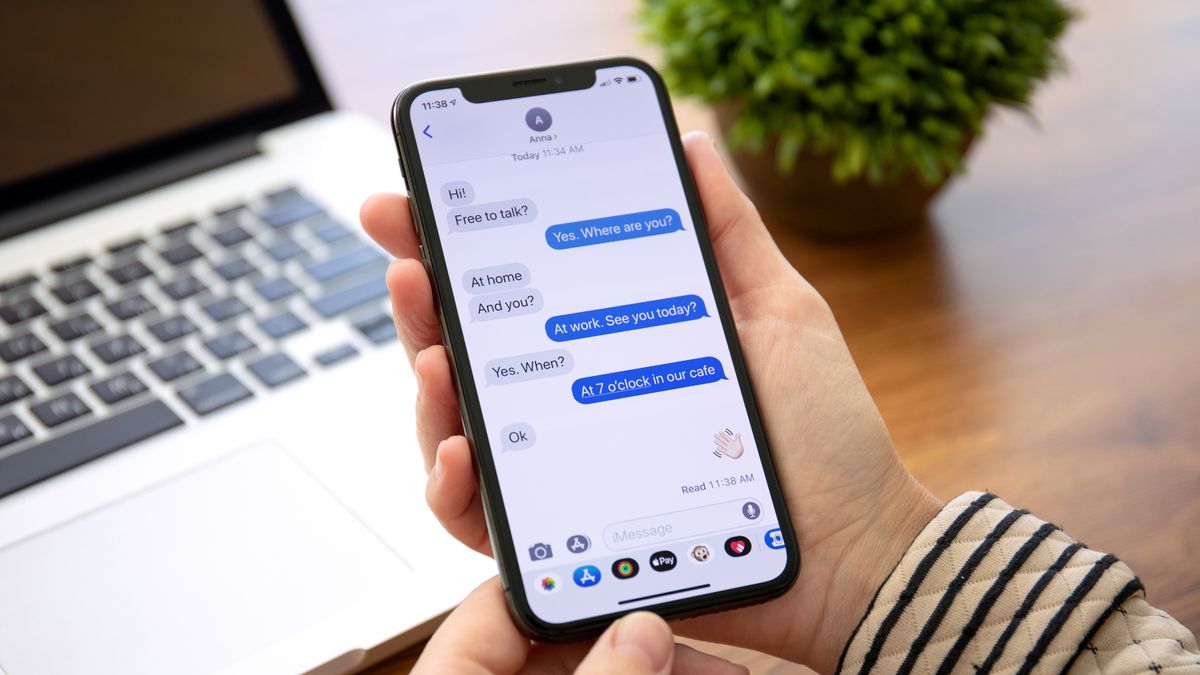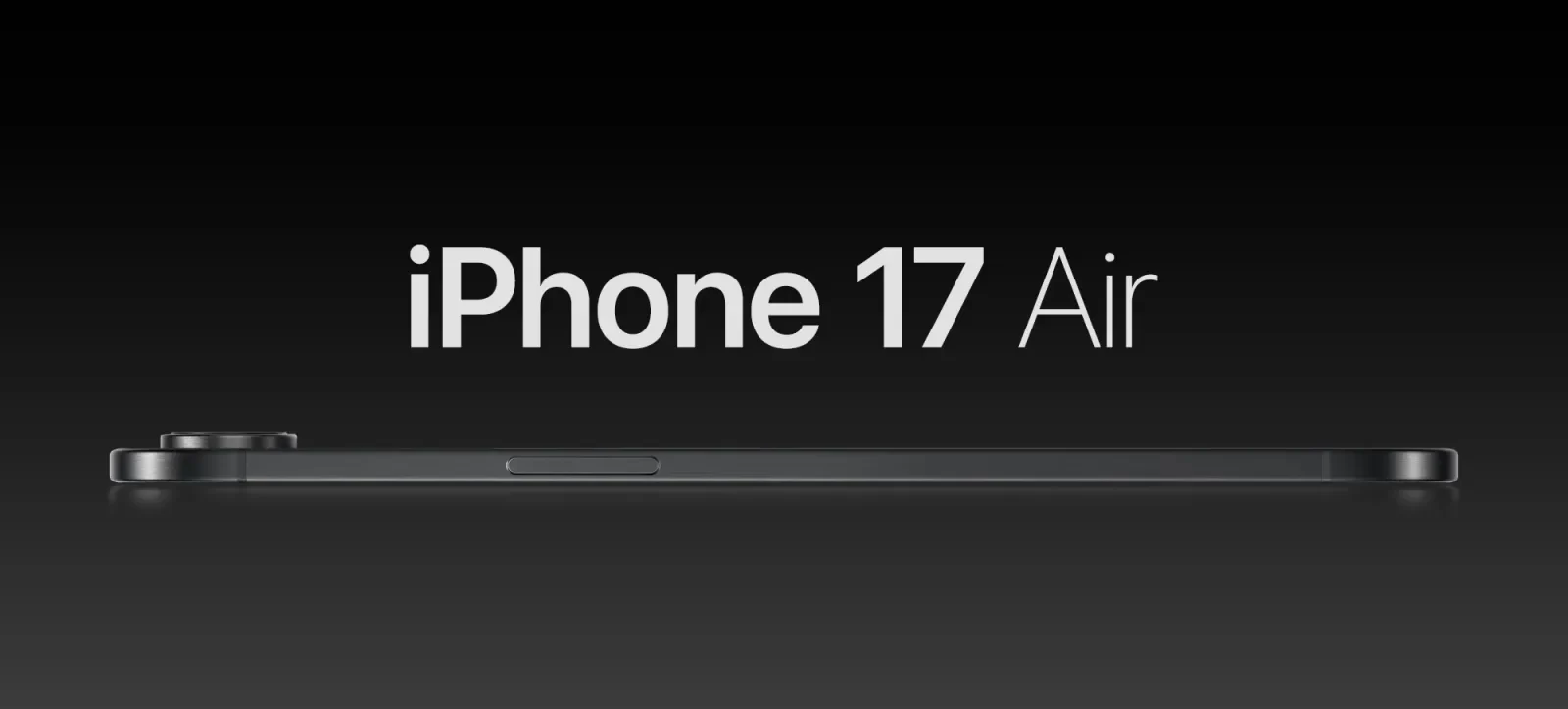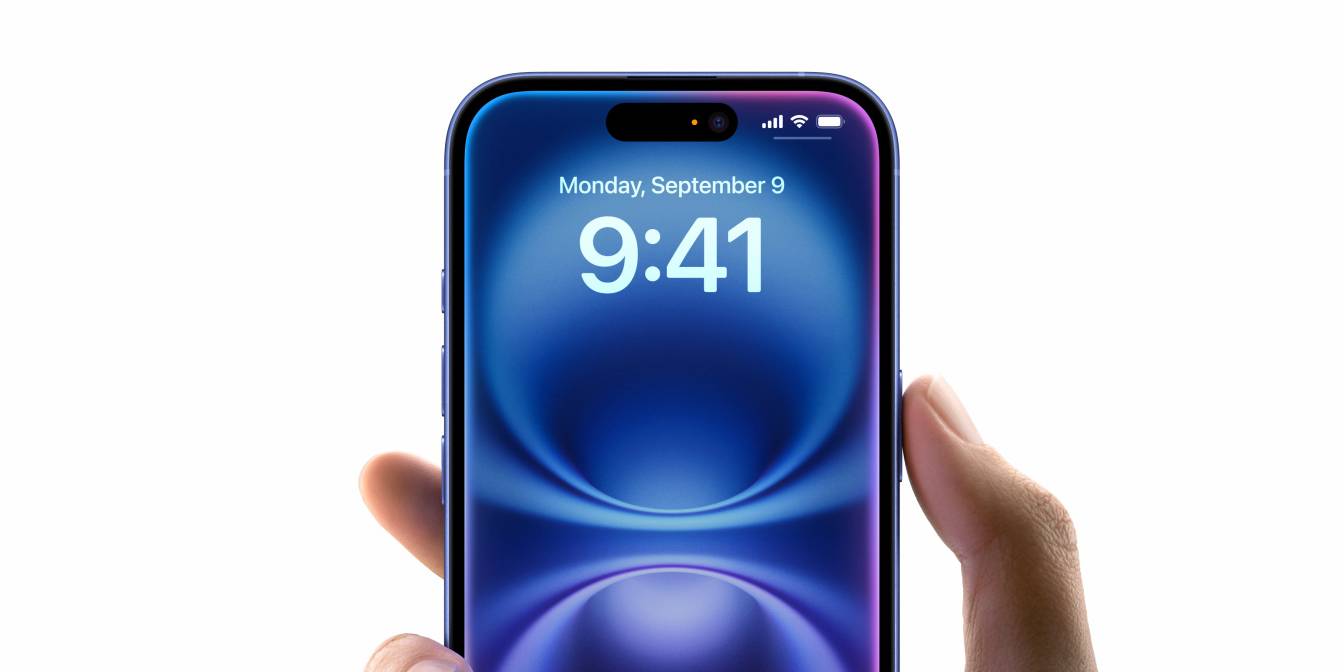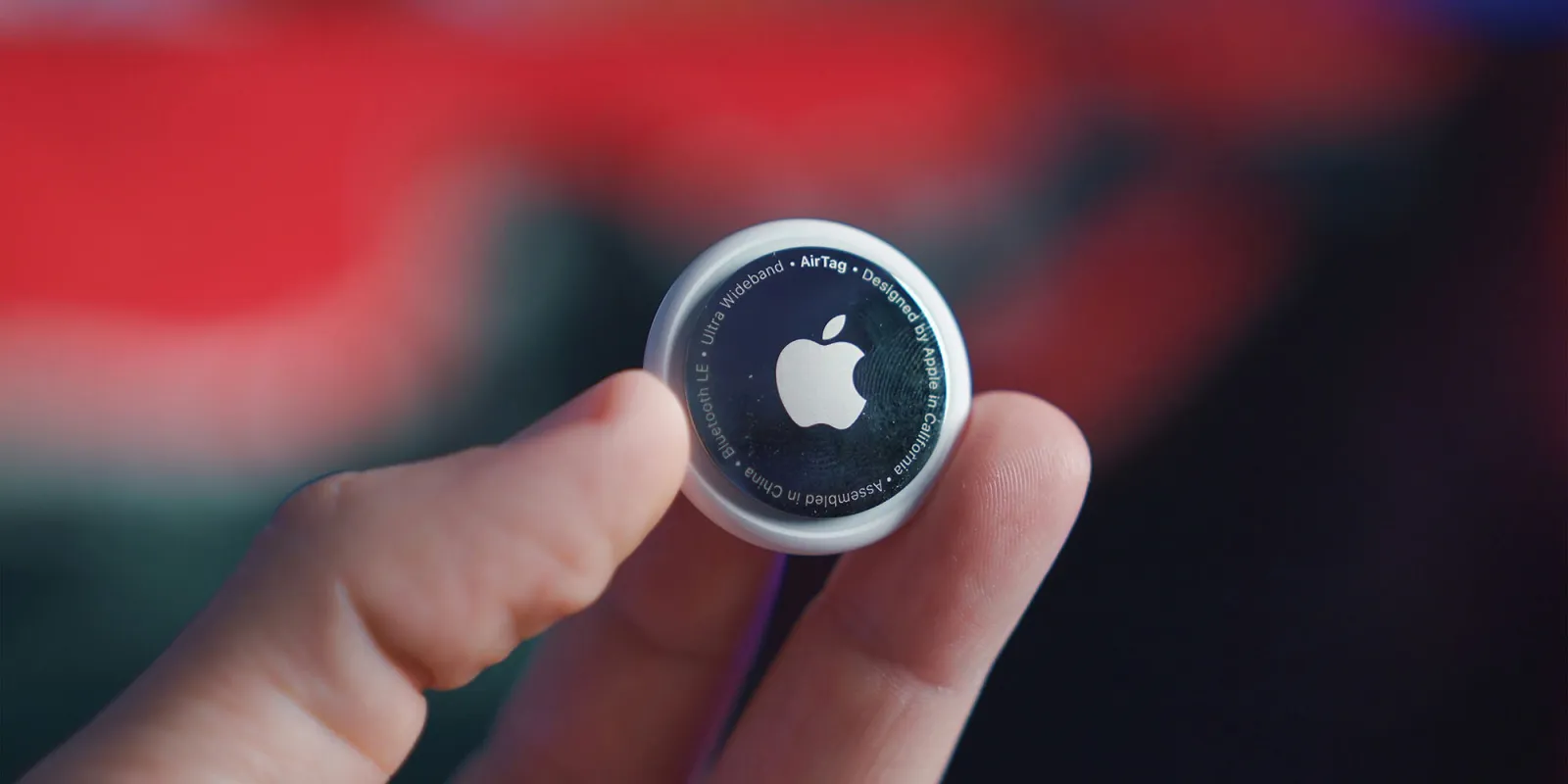The world of mobile technology is in constant flux, with updates, new features, and evolving consumer preferences shaping the landscape. Recently, Apple made a quiet but significant move by ceasing to sign iOS 18.2. This action, while seemingly technical, has implications for users and the broader Apple ecosystem. Simultaneously, whispers are circulating about potential price adjustments for the upcoming iPhone 17 lineup, suggesting a shift in Apple’s pricing strategy. Let’s delve into these two developments and explore what they might mean for consumers.
The Significance of Apple Ceasing iOS 18.2 Signing
For those unfamiliar with the intricacies of iOS updates, the act of “signing” a version of the operating system is a crucial security measure employed by Apple. When a new version of iOS is released, Apple typically continues to “sign” the previous version for a short period, usually a week or two. This allows users who encounter issues with the new update to downgrade back to the more stable previous version. However, once Apple stops signing an older version, downgrading becomes impossible. This is precisely what has happened with iOS 18.2.
This practice serves several purposes. Primarily, it encourages users to stay on the latest version of iOS, which invariably includes the most recent security patches and bug fixes. By preventing downgrades, Apple ensures that a vast majority of its user base is protected from known vulnerabilities. While iOS 18.2.1, the current version, includes unspecified bug fixes, its predecessor, iOS 18.2, introduced notable features like Image Playground, Siri ChatGPT integration, and Genmoji, enhancing the user experience. This push towards newer versions helps maintain a more secure and consistent user experience across the Apple ecosystem.
Hints of a Price Adjustment for the iPhone 17
Beyond software updates, the rumor mill is churning with speculation about the pricing of the upcoming iPhone 17 lineup. Several indicators suggest that Apple may be preparing to adjust its pricing strategy, potentially leading to higher costs for consumers.
Growing Demand for Premium Models
One of the key factors influencing this potential price shift is the increasing demand for Apple’s Pro models. Historically, the Pro and Pro Max iPhones have been popular choices, but recent data suggests this trend is accelerating. Despite Apple’s efforts to enhance the base iPhone models, consumers are increasingly gravitating towards the higher-end offerings. Reports from market research firms indicate a significant surge in the popularity of Pro models, particularly in key markets like China. This increased demand for premium devices creates an opportunity for Apple to adjust prices upwards without significantly impacting sales, as consumers have demonstrated a willingness to pay more for the advanced features and capabilities offered by the Pro models.
The Emergence of the iPhone 17 Air
Another factor contributing to the potential price hike is the rumored introduction of a new model: the iPhone 17 Air. This model is expected to replace the Plus models in the iPhone lineup, but it won’t necessarily inherit the same price point. Initial rumors suggested the 17 Air could be an ultra-premium device, even surpassing the Pro models in price. While more recent information indicates it will likely be positioned just below the Pro line, there are still reasons to believe it won’t be a budget-friendly option.
The 17 Air is rumored to feature a radically thin design, making it potentially the most visually appealing iPhone 17 model. While it may lack some of the more specialized features found in the Pro models, its unique form factor alone is expected to generate significant interest. Apple is unlikely to undervalue a device with such strong appeal, opting instead to capitalize on its desirability by positioning it at a premium price point.
Potential Pricing Scenarios
Considering these factors, it seems plausible that Apple will implement modest price increases across the iPhone 17 lineup. The base iPhone 17 might be the only exception, given its competition with the upcoming iPhone SE 4. Currently, the iPhone 16 starts at $799, the 16 Plus at $899, the 16 Pro at $999, and the 16 Pro Max at $1,199. A potential pricing structure for the iPhone 17 could look something like this:
- iPhone 17: $799 or $849
- iPhone 17 Air: $999
- iPhone 17 Pro: $1,099
- iPhone 17 Pro Max: $1,299
This scenario suggests a potential $100 increase for the Pro models and the new Air model, while the base iPhone 17 might remain at its current price or see a slight bump.
In conclusion, Apple’s decision to stop signing iOS 18.2 underscores its commitment to security and maintaining a consistent user experience. Simultaneously, the potential price adjustments for the iPhone 17 lineup reflect evolving consumer preferences and the introduction of new models. While these are still based on speculation, the converging evidence suggests that the landscape of iOS updates and iPhone pricing is poised for change.




